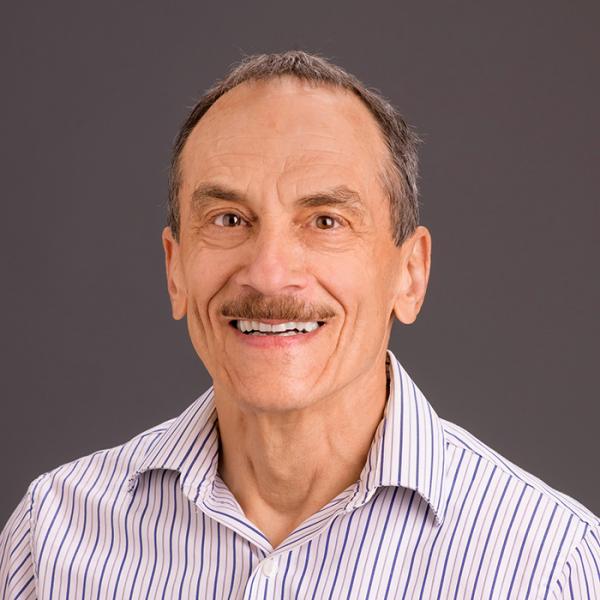Our research centers on understanding how the smallest blood vessels in the body control the delivery of oxygen and nutrients to cells throughout the body. In skeletal muscle, blood flow to active muscle fibers can increase 100-fold above rest. To understand how local blood flow is controlled and disrupted, we use intravital microscopy to study the living microcirculation under physiological and pathophysiological conditions. Advanced imaging and recording techniques identify electrical and chemical signals in endothelial cells and smooth muscle cells comprising the vascular wall.
An arteriole in the microcirculation of skeletal muscle of a transgenic mouse expressing a calcium-sensitive protein in the endothelial cells. When stimulated by acetylcholine, a calcium wave is triggered that spreads from cell to cell along the endothelium.
A 3-dimensional map of a microvascular network in the mouse gluteus maximus muscle. This thin, flat muscle is ideal for studying the microcirculation in skeletal muscle.
Current research in the Segal laboratory centers on understanding how myofibers and microvessels interact during regeneration and reinnervation following acute injury. Complementary studies center on understanding how vascular smooth muscle cells and endothelial cells of the vascular wall develop resilience to oxidative stress.
Following injury and degeneration, muscle fibers and microvessels can regenerate. Current studies focus on how “crosstalk” between these critical components of the intact tissue affect each other’s ability to recover structure and function. Advancing the understanding of how regeneration is coordinated between muscle fibers and microvessels will improve the ability to restore physical mobility and the quality of life in patients following traumatic injury.
When blood flow is interrupted, as occurs during a heart attack or ischemic stroke, the supply of oxygen is disrupted and cells become hypoxic. Abruptly restoring blood flow can be lethal to vascular and tissue cells through the production of reactive oxygen species and ensuing oxidative stress. In the vascular wall, endothelial cells are more resilient to oxidative stress when compared to their surrounding smooth muscle cells. We are exploring how vascular cells are differentially protected from reactive oxygen species and how they adapt to chronic oxidative stress, as occurs during advanced age or eating a western-style diet.
Gaining new insight into cellular mechanisms of regeneration and survival will translate into improving the ability to restore and protect tissue blood flow, organ function, and the quality of life in patients.






